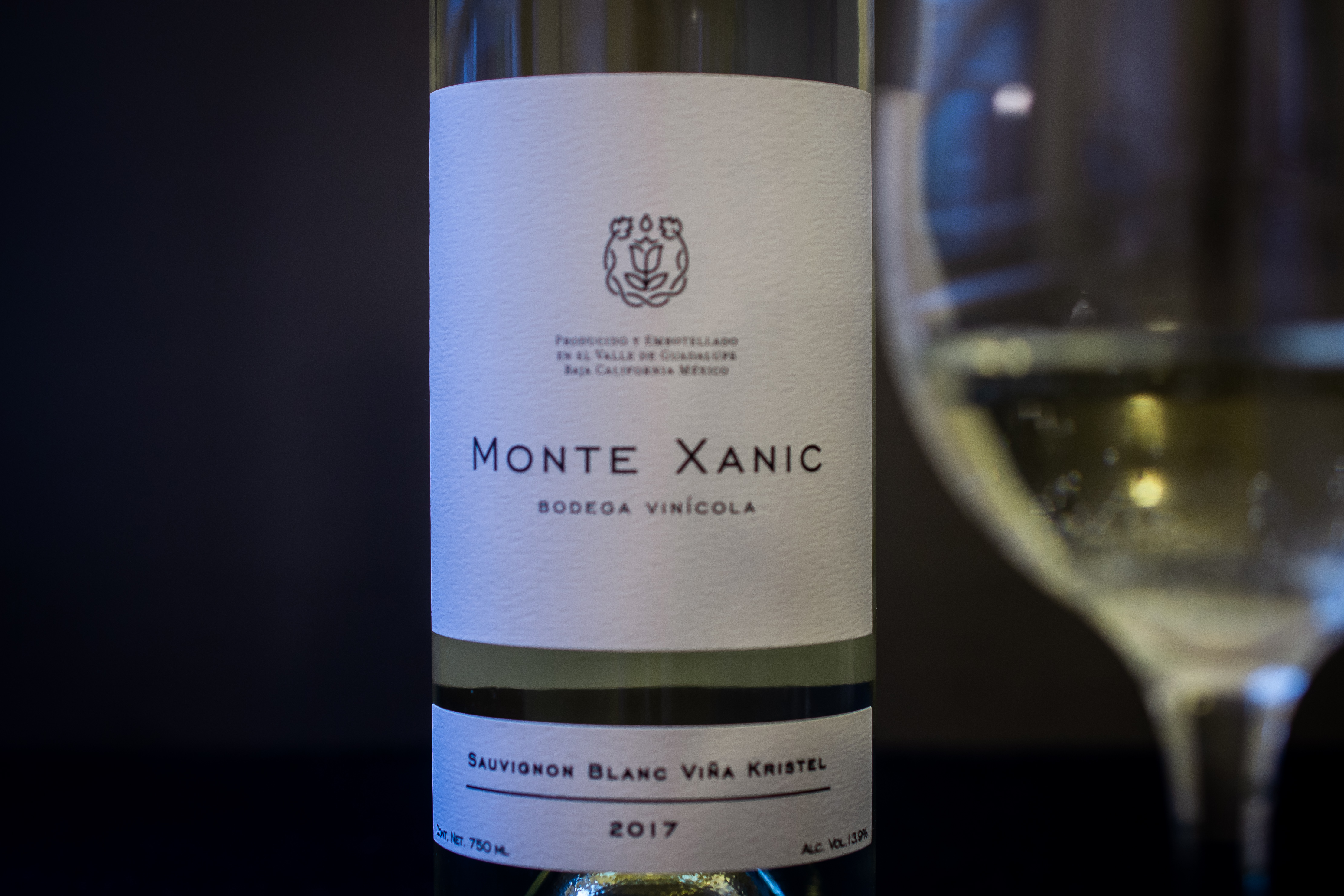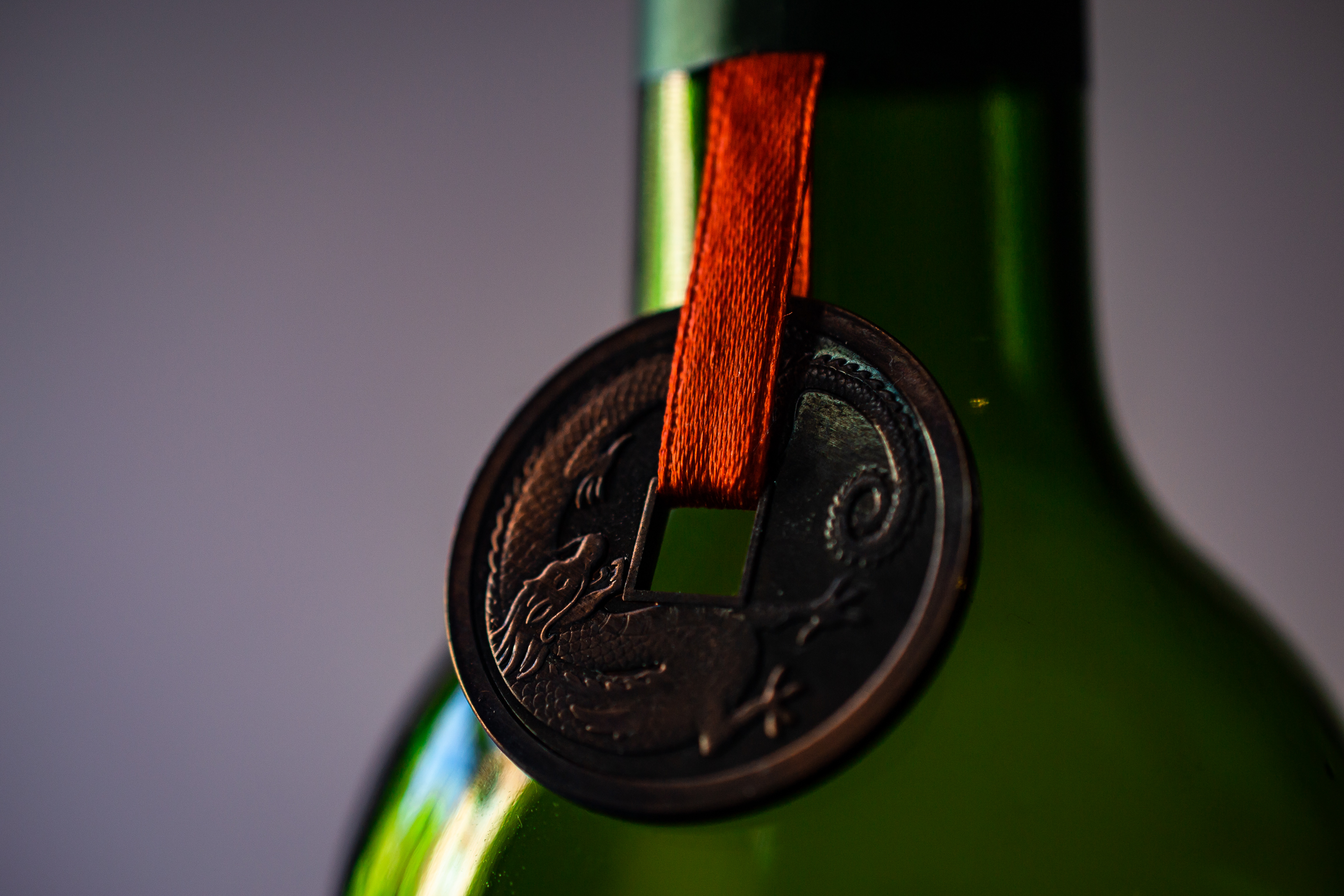Last week I made a post about my first experience with Mexican wine, a Cabernet Sauvignon/ Merlot blend from Monte Xanic in the Guadalupe Valley. If you haven’t read the post I’ll summarize: it was awesome.
Well, I actually bought another bottle from the same producer that day, a Sauvignon Blanc. As I mentioned, some of the chefs I know were skeptical about the quality of a wine coming out of Mexico and my enthusiasm wasn’t enough to dissuade their concerns. To be fair, I have something of a predilection for counter-culture wines, the bottles you assume must only be on the shelves to soothe the heartache of homesick ex-pats. However, when I mention that they’re also pouring this wine at the French Laundry, those harsh opinions suddenly seem a bit softer.

It’s funny what makes a wine good or bad in our minds. For me, there’s a big difference between disliking a wine and thinking a wine is bad. It’s not unheard of for me to dislike a perfectly well-made wine, but I wouldn’t make the leap in logic to call that a bad wine. For example, I generally don’t like Sauvignon Blanc, it doesn’t mean that grape is incapable of making good wine, it’s just not my thing, which is going seem ironic based on what I’m about to say.
This is one of the best Sauvignon Blanc wines I’ve had in recent memory, maybe ever. Despite what I said earlier I… I think I liked it. I mean, not only was it well made, but I enjoyed it. I would buy another bottle. I would buy another bottle and share with friends. I would buy another bottle and elope with it. The wine was well-balanced, with a symphony of herbal, citrus, and tropical flavors that lingered on the palate like a pleasant memory. More importantly, it wasn’t so overwhelmingly acidic that it left chemical burns down my esophagus, which I appreciate.

I bought this bottle because I wanted to try a wine from Mexico; I wanted to know if the disdain I heard in reference to fine wine coming out of that country was well founded or not. I had my reservations, not about the nation of origin, but about it being a Sauvignon Blanc (that’s why I drank the red wine first). Not only did they produce good wine, they produced wine I enjoyed. I guess my point is, don’t be afraid to try new things and, more importantly, don’t be afraid to try things other people scoff at. If they haven’t tried it, they don’t know what they’re talking about. To quote Hitchens, “That which can be asserted without evidence, can be dismissed without evidence.”








